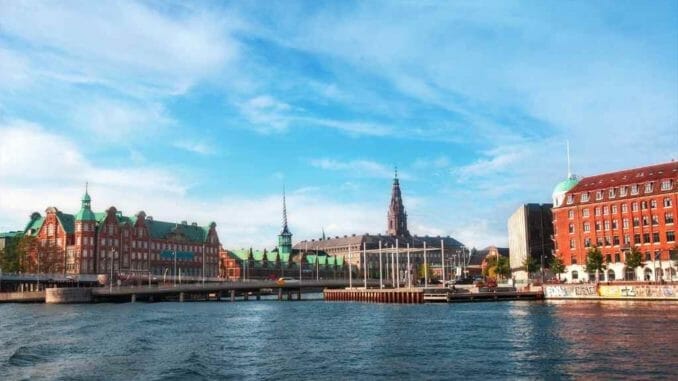
The nation of Denmark is one of the smallest in Europe, yet it has an outsized cultural and historical reputation.
Above all, modern Denmark is associated with consistently high scores across all measures of quality of life.
So just what is it that makes Denmark so unique?
Contents
The Concept of Hygge
Derived from a word that originally meant ‘to comfort’ and that is related to the English word ‘hug’, the concept of hygge is well known in both Denmark and Norway.
However, it is in Denmark that hygge has been developed to become a central part of their culture.
In essence, the hygge lifestyle involves finding warmth, comfort and pleasure in soothing, simple experiences, such as a cozy home atmosphere, close friendship or comforting food.
The principle can be applied to everything from the food you eat to the way you work, and some believe that it helps to explain just why the Danes are so much more content with life than those in other nations.
LGBT Rights
The treatment of members of the LGBT community across Europe has long been a source of controversy, but Denmark can claim a unique place in the story of LGBT rights.

In 1989, Denmark became the first nation in the world to legalize same-sex unions. Discrimination on the basis of sexual orientation was outlawed in 1996 and LGBT rights were further extended with the granting of the right for same sex people to marry in 2012.
Denmark has a reputation as one of the world’s most forward thinking and socially progressive nations and earlier this year, was the host nation for the World Pride event, which was staged in the capital Copenhagen.
Denmark’s Model Gambling Industry
As in many European countries, gambling was illegal throughout most of Denmark’s history.
The passing of the Gambling Act in 2012 opened a new era in the nation’s relationship with gambling, and signaled the development of a modern gambling sector that has become much admired.
Other European nations have wrestled with the two apparently contradictory imperatives of promoting the growth of the gambling industry through open competition and protecting their citizens from the dangers of gambling harm.
Denmark has managed to steer a middle course, involving all those affected, from betting operators to customers looking for the best odds and tips, enabling them to develop a forward-looking sector.
Denmark's gambling regulator, the Danish Gambling Authority, has the power to issue its own regulations but also actively engages with all parties.
Since the Act was passed in 2012, the result has been that no gambling-related dispute has required the intervention of the courts.
Denmark has also taken an innovative approach to simplifying the gambling sector model and boosting player protection with ideas such as the principle of treating poker like other casino games and the concept of the player ID card.
As a result, Denmark is considered a model for other regulators.
No Please!
One of the most difficult aspects of Danish culture for English speaking people to adjust to is the complete absence of the word please.

There is no equivalent word in the Danish language. So does this mean that Danish people go around being unintentionally rude to one another?
Fortunately, the answer is no. Children are taught to use a phrase that translates roughly as ‘may I beg for’ which, let’s face it, is a lot fancier than a simple ‘please’.
Another option is to ask whether another person would be ‘sweet’ and do something for you. This is often phrased with a negative, such as: ‘Would you not be sweet and…’ since the use of the negative is considered an indicator of politeness.
Ancient National Symbol
The red and white flag of Denmark may not particularly stand out these days, but next time you see it, you should remember that this flag is actually the oldest continuously used national flag in the world.
Known as the Dannebrog, it dates all the way back to the 13th century. Although the precise history of the flag is not known, there are many theories and myths about the origins of the flag, including the story that it fell from the sky during a military campaign by Valdemar II.
More realistic theories suggest that the flag came to prominence due to its appearance at the 1219 battle of Lindanise (Tallinn, the capital of modern Estonia) or the 1208 battle of Fellin.
Whatever its origin, it has been in use continuously since the 13th century and became the sole official Danish flag in 1625.

Be the first to comment